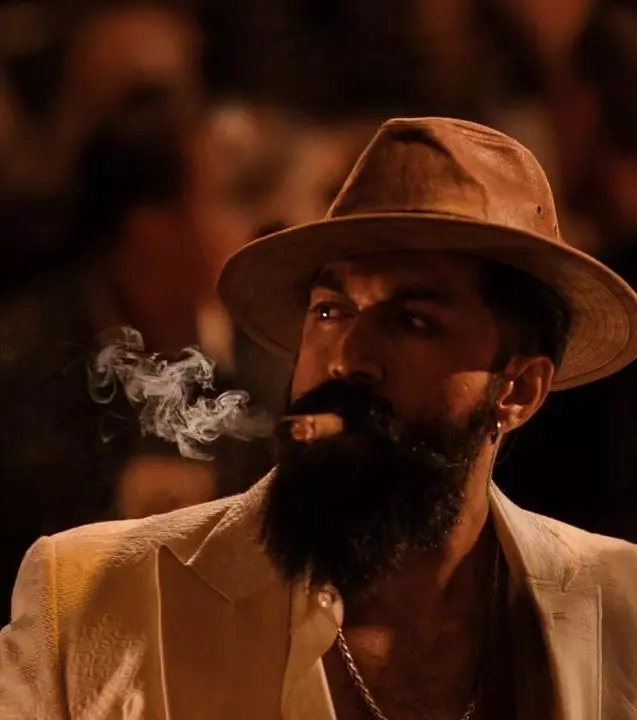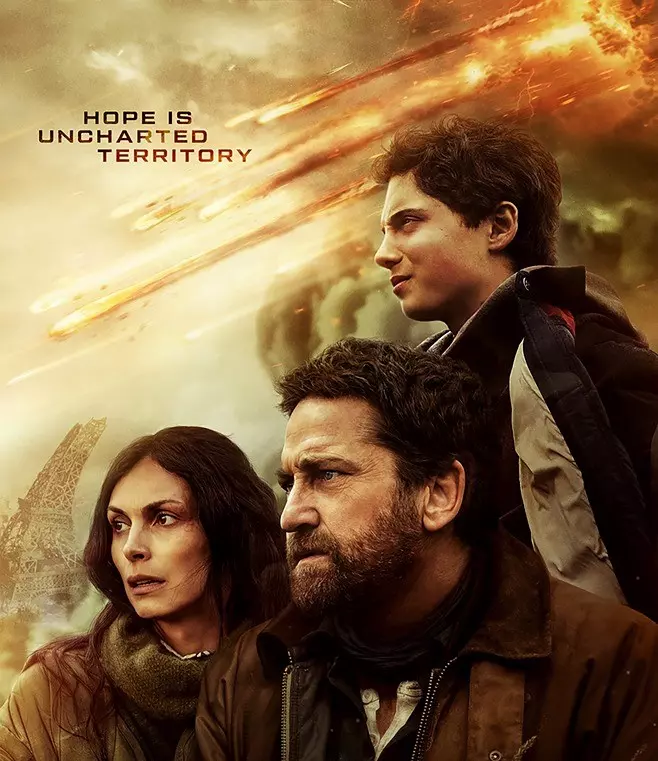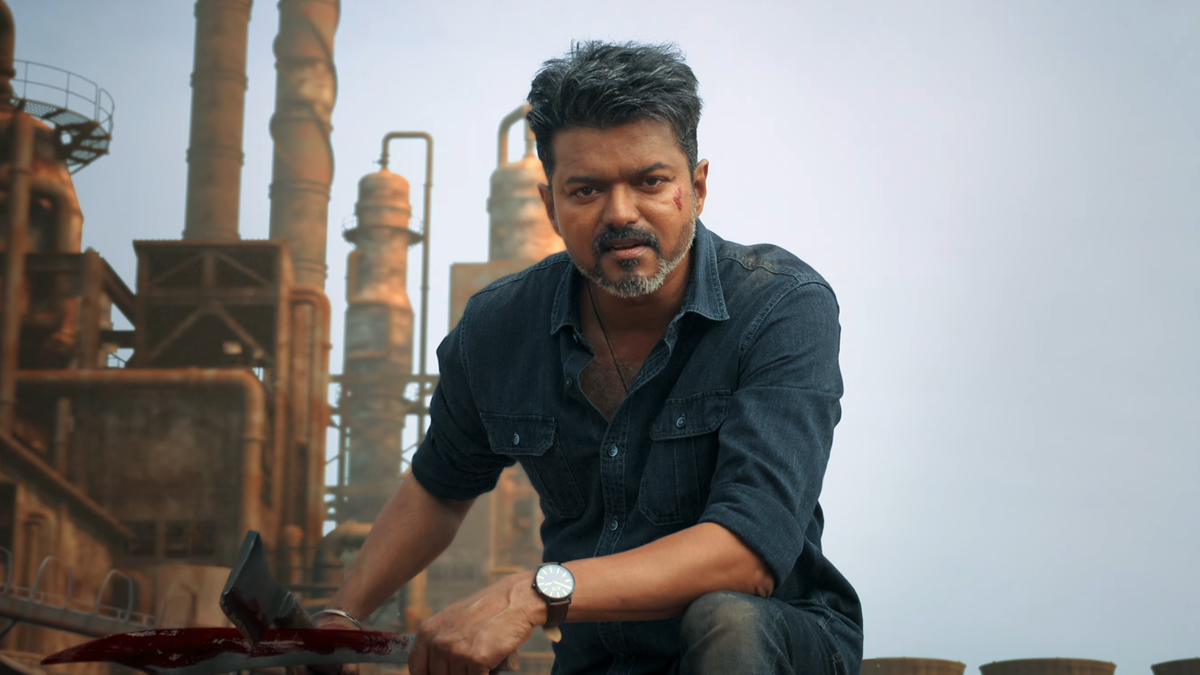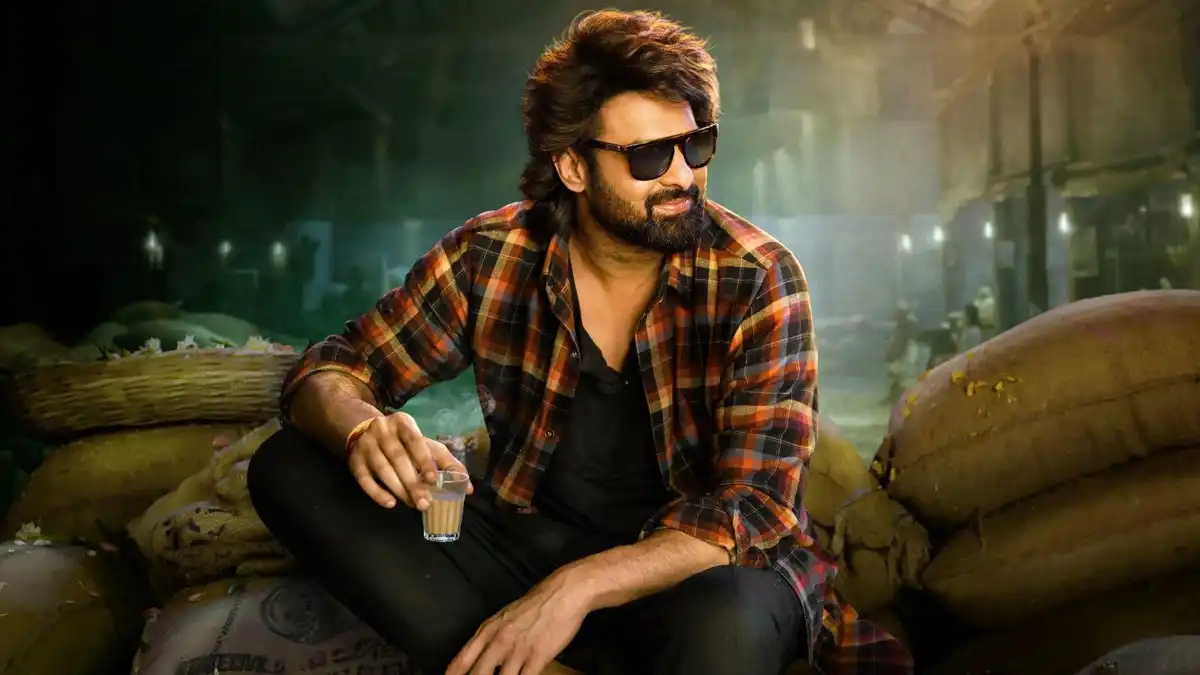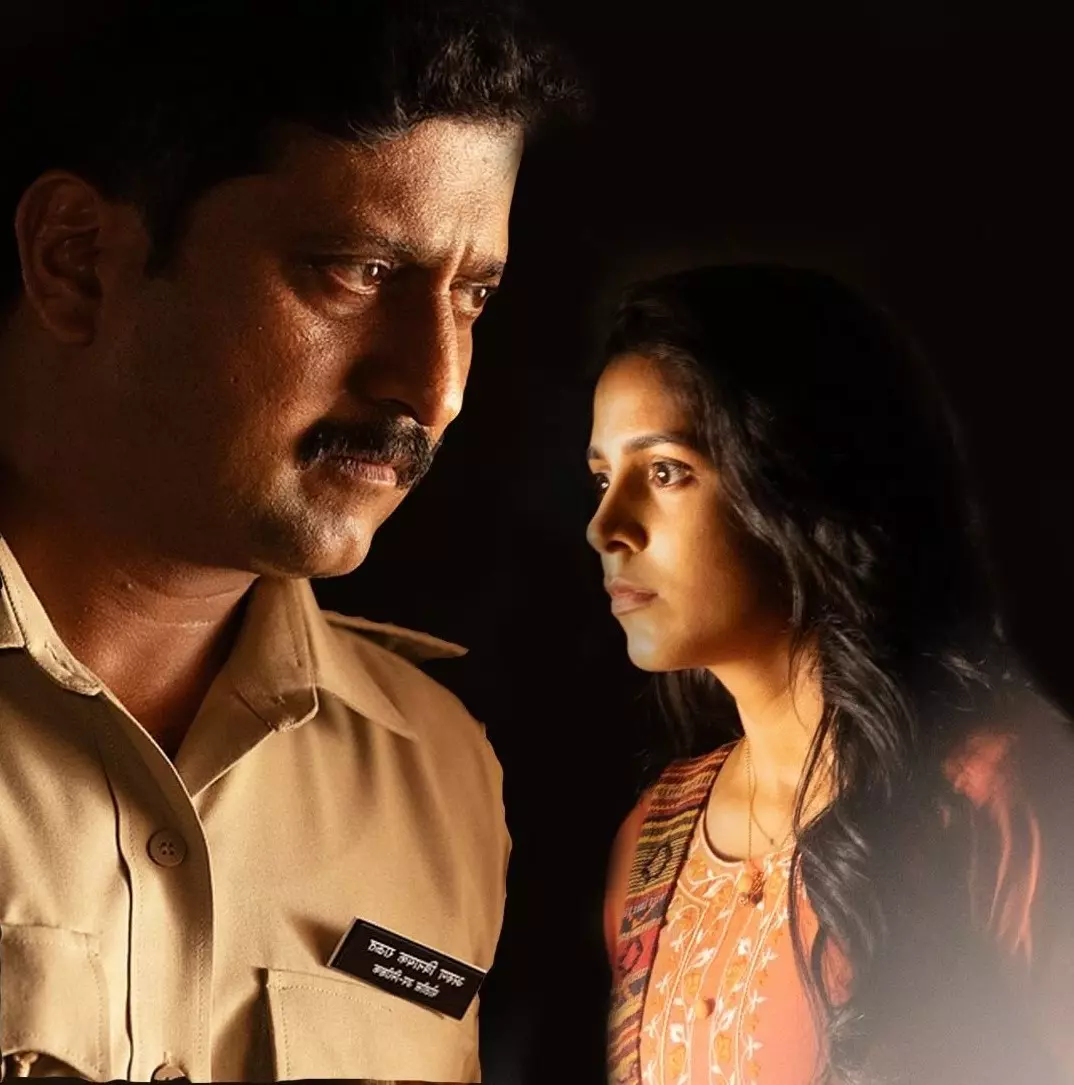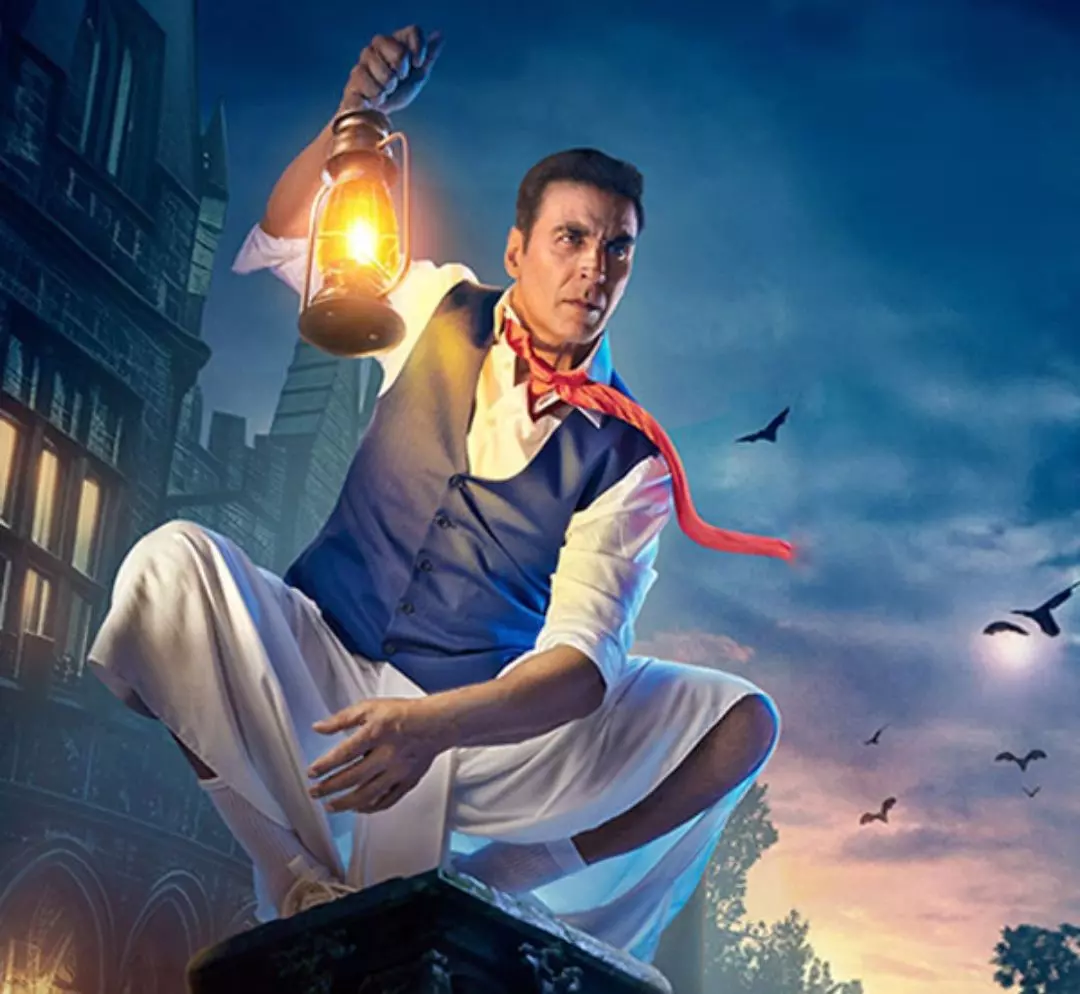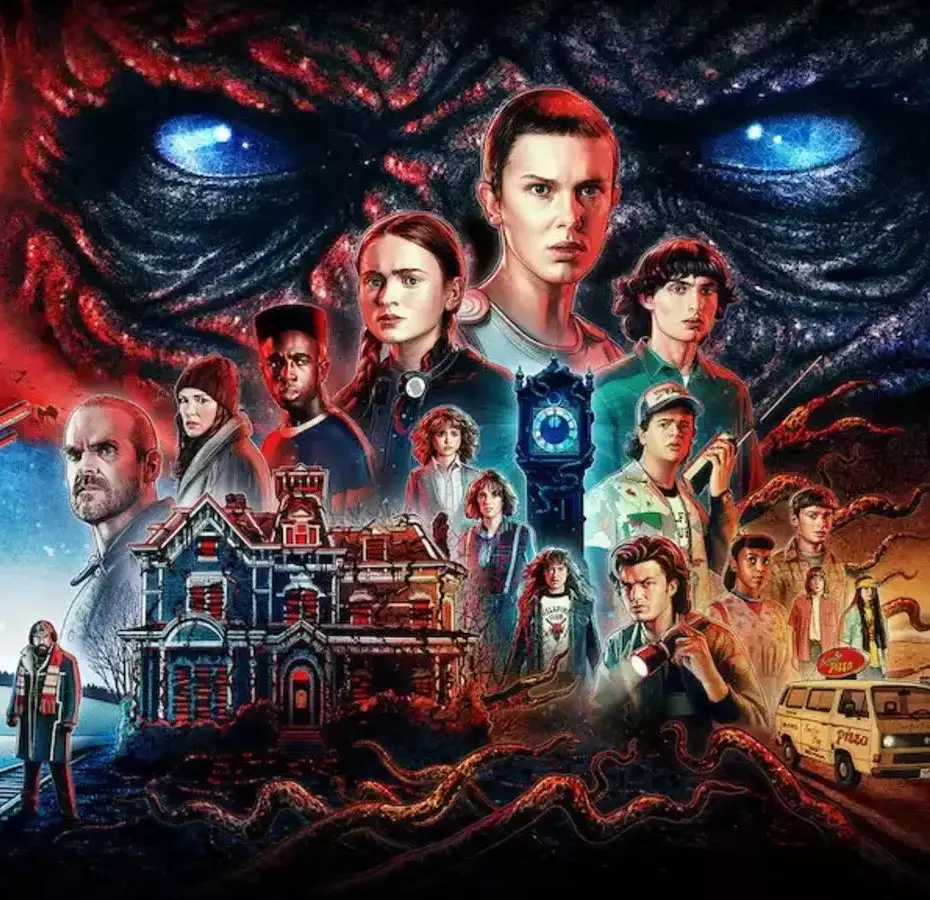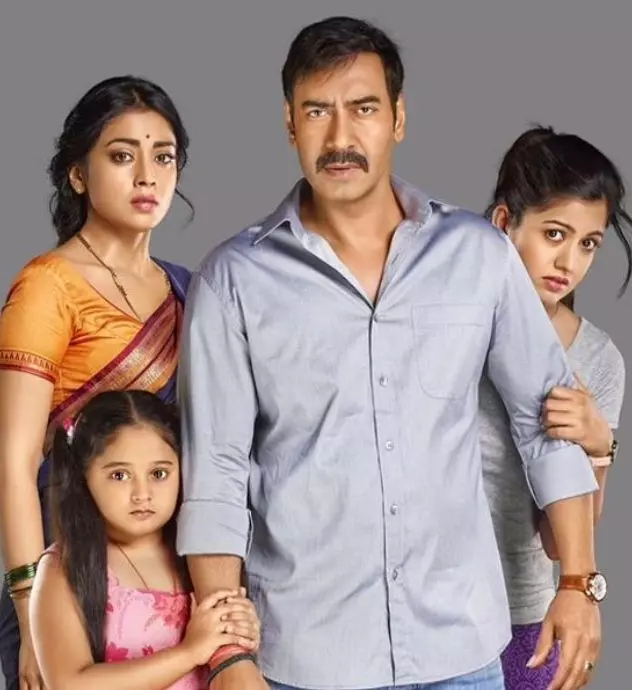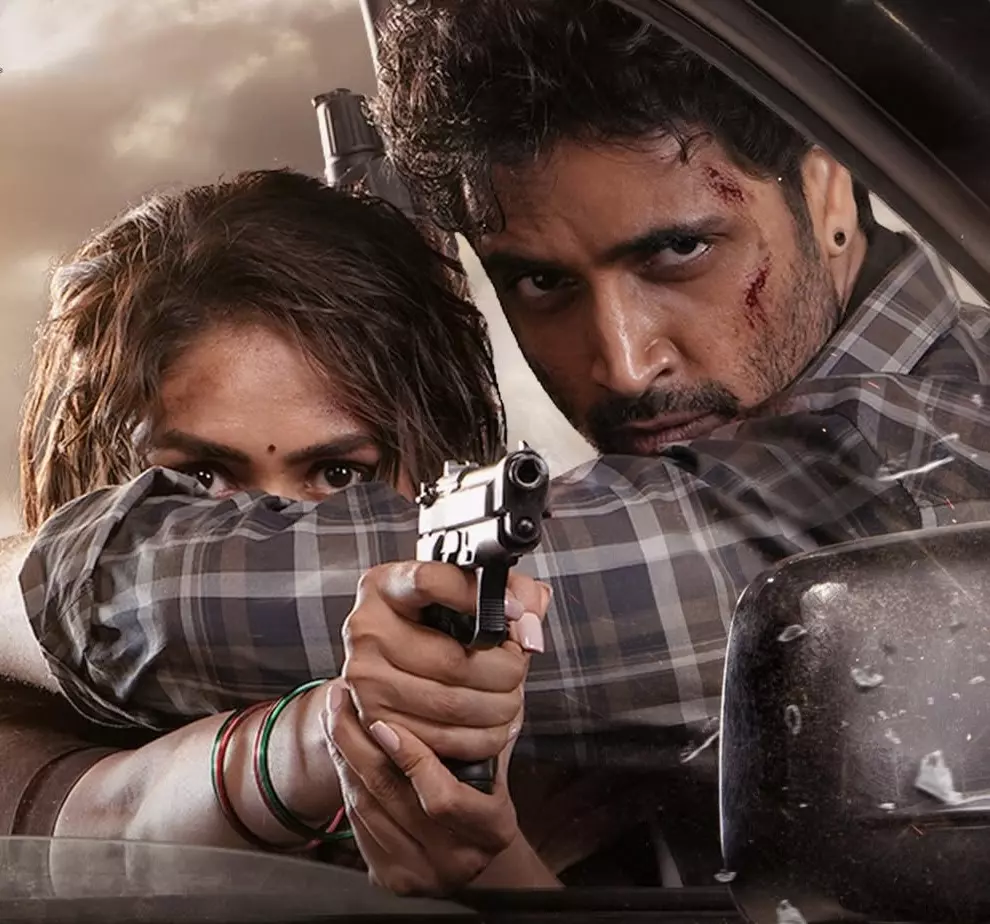Table of Content
The word Bollywood is a play on Hollywood, and the letter B comes from Bombay (now known as Mumbai), the center of the Indian film world. The word was coined in 1970.
As its popularity grew, the films made in Mumbai reached 200 per year, but West continued to ignore the cinematic efforts of Indian filmmakers but acknowledged them when India managed to overtake the United States as the world's largest film producer.

In 1913, the silent film Raja Harishchandra was released, the first Indian feature film and the first silent feature film in Bollywood. Its producer, Dadasaheb Phalke, was India's first film mogul and supervised the production of 23 films between 1913 and 1918. Dadasaheb Phalke is considered the father of Indian cinema.
Its massive success paved the way for countless films that followed and expanded the Indian film industry to incredible levels. One of the biggest hits of the era was 1931's "Alam Ara," a musical that became the basis of the upbeat modern Bollywood musical. India's first color film, 'Kisan Kanya', was made in 1937, but such films achieved popularity only in the late 1950s and early 1960s.
Gaining independence from the British Raj was difficult and the independence struggle lasted from 1857 to 1947, lasting an exhausting 90 years. However, India's struggle for independence excited the film industry. Some of the most iconic films in Indian cinema were made during this era and explored the difficult lives of India's working class and the realities of urban life.
It was around 1947 when the industry underwent major changes. Historical and mythological stories of the past were replaced by social reformist films. In the 1950s, filmmakers such as Bimal Roy and Satyajit Ray focused on the lives of the lower castes, who had been ignored as subjects.
The golden age of Indian cinema occurred between 1940 and 1960. During this period, countless influential Bollywood films were released, exploring new narrative techniques, social themes (primarily the struggles and wonders of urban life), and epic productions such as Mother India. 1957). This period was also famous for many Indian actors (Dev Anand, Dilip Kumar, Raj Kapoor, Guru Dutt) and actresses like (Nargis, Vyjayanthi Mala, Meena Kumari, Nutan, Madhubala, and others).
The 1950s - The Decade of Extreme Close-ups
The black-and-white era of the 1950s was characterized by songs shot in still frames with all the action occurring through the eyes and eyebrows of our main actors. Thus, from extreme close-ups of the face to some cutaways of the moon, flowers, and leaves, Bollywood songs embraced elements of the dynamics of romance. The 1960s to early 1970s saw the birth of modern Bollywood cinema. This included mastering two distinct genres: boy-meets-girl romances, and gritty action films.
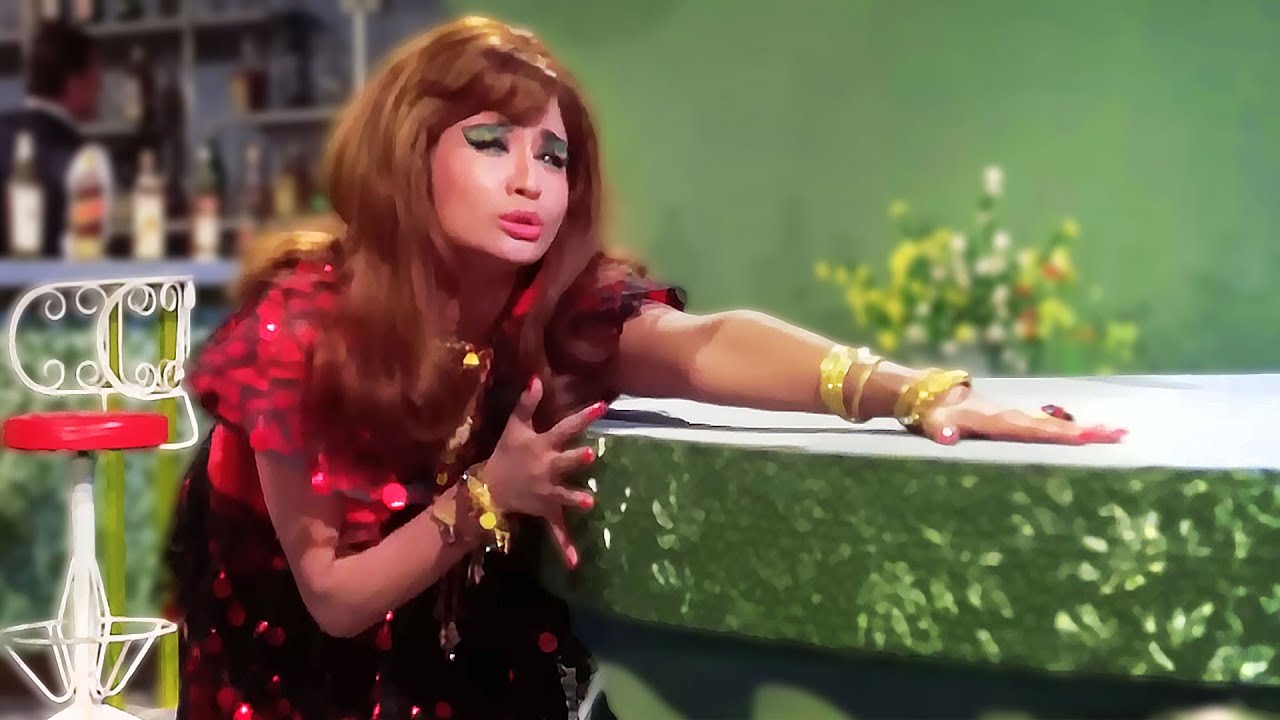
1960 – The decade of pure dancing and captivating eyes
Actors like Vyjayanthi Mala, Waheeda Rehman, and Mala Sinha brought slow dancing in the 1960s, and songs like 'Honton Mein Aisi Baat' and 'Piya Tose Naina Laage Re' reflect not only the beauty of these divas but also the sanctity of the songs of that time. Even in their respective cameos, Helen, Bindu, and Aruna Irani became the perfect faces for RD Burman's 70s songs, either taking place inside the villain's den or meant to add excitement to the climax. From 'Piya Tu Ab To Aaja' to 'Mera Naam Hai Shabnam' and 'Chadti Jawani Meri Chaal Mastani', songs from this phase still have a place in our party playlist. In the 1970s, the name "Bollywood" was officially coined as the commercial conventions of Bollywood films had already become established.
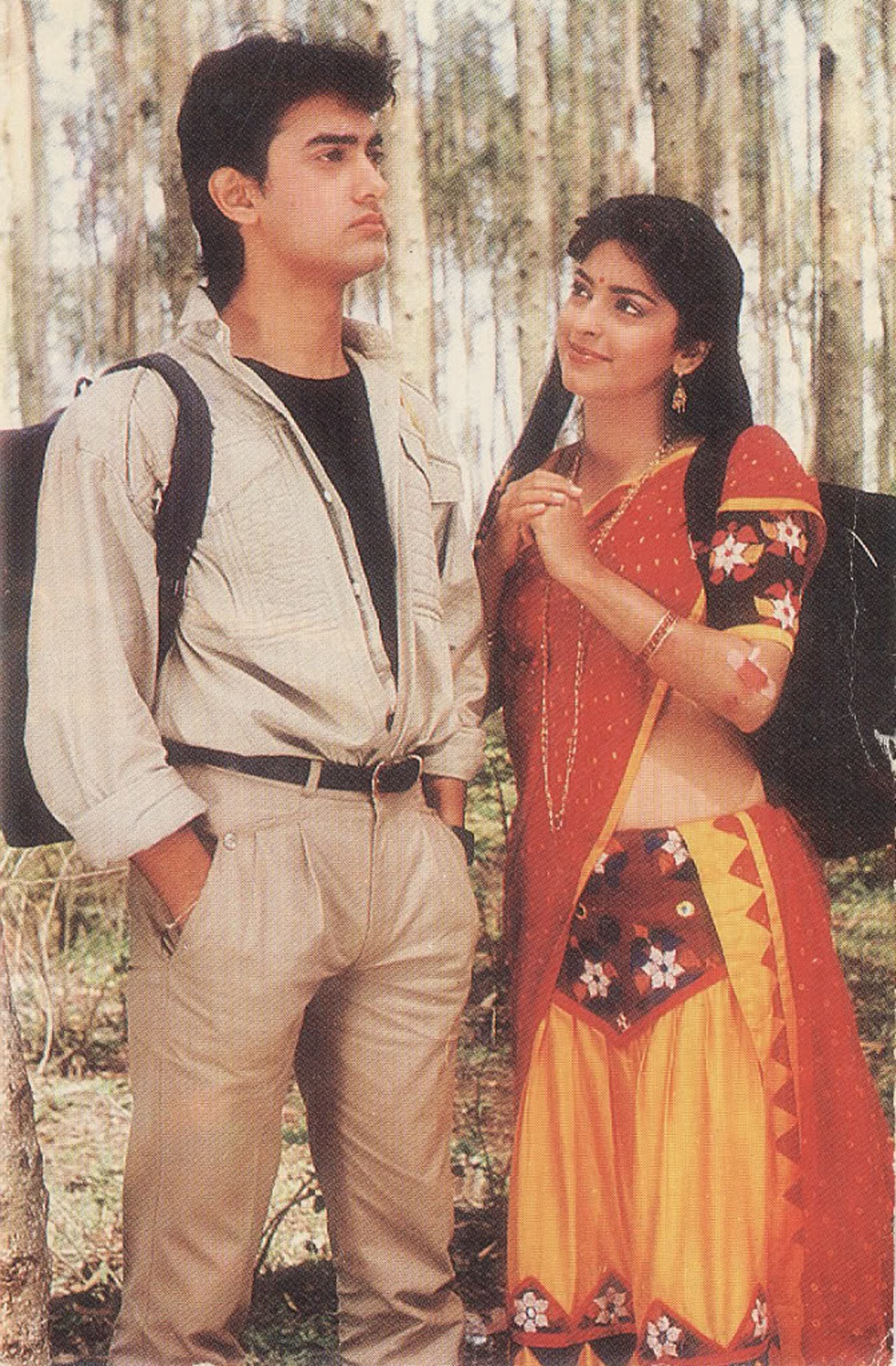
1980 – The decade of growing romanticism
In the 1980s, with RD Burman's reign continuing, Parveen Babi and Zeenat Aman topped the charts of epic songs of the era. In "Pyar Mein Dil Pe Maar De Goli" many things happened in the song as happened in "Pyaar Karne Wale".
Music and songs of this period were closely linked to the plot. They were written and woven according to the demands of the film script and the situations in question. While Lata Mangeshkar, Mohammed Rafi, Asha Bhonsle, Kishore Kumar, and Hemant Kumar were the mainstay of the singing scene, senior actors like Amitabh Bachchan, Shashi Kapoor and Rishi Kapoor gave them proper face value. These perfect combinations matched well on the screen.
Bachchan's songs were either funny or had intense action (not literal fights but climactic thrills).
In the second half of the 1980s and early 1990s, we had films like Qayamat Se Qayamat Tak, Ram Lakhan, Saajan, and Dil Hai Ke Manta Nahin, all of which were musical hits. On the other side of the camera, it gave us the voices of Udit Narayan, Alka Yagnik, and Kumar Sanu. On the front, these songs mostly were dreamy compositions that anyone could fall in love with. There was romance, longing, betrayal, and confessions, and every aspect was depicted with the appropriate screenplay. Every song, be it 'Pehla Nasha', 'Ae Mere Humsafar', 'Dil Hai Ke Manta Nahin', or 'Bahut Pyar Karte Hain', made us believe in love.
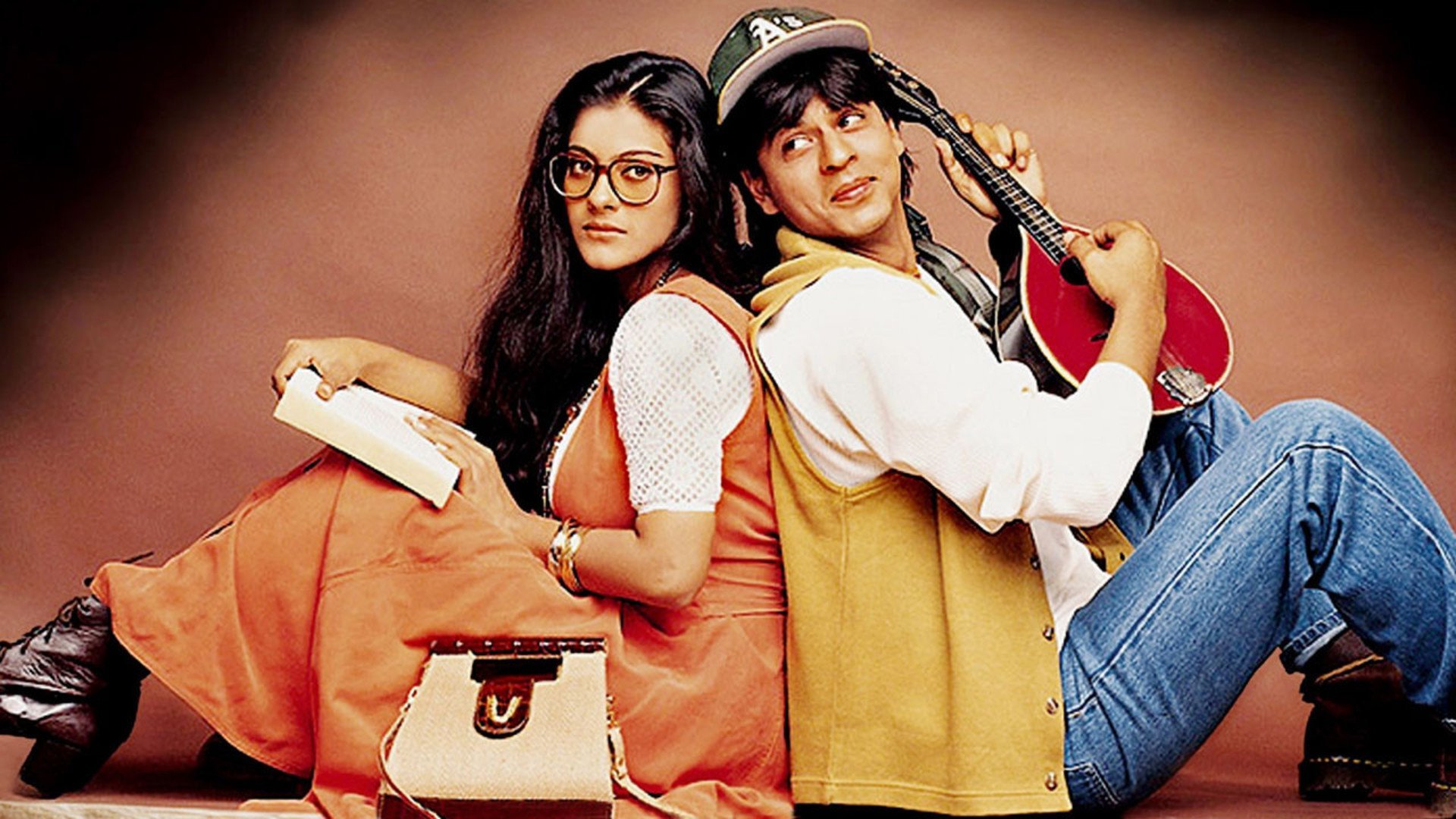
1990 – The decade of celebration
The 1980s and 1990s brought back romantic musicals and family-focused films, and in 1995 Dilwale Dulhania Le Jayenge was released. It became the highest-grossing Bollywood film of the year and one of the most successful Indian films, and its soundtrack became one of the most popular films of the 1990s. To this day, the film has been shown at Mumbai's cinema, Maratha Mandir, since its first release in 1995. Part of the 90s also introduced us to the Three Khans, Madhuri Dixit, and others.
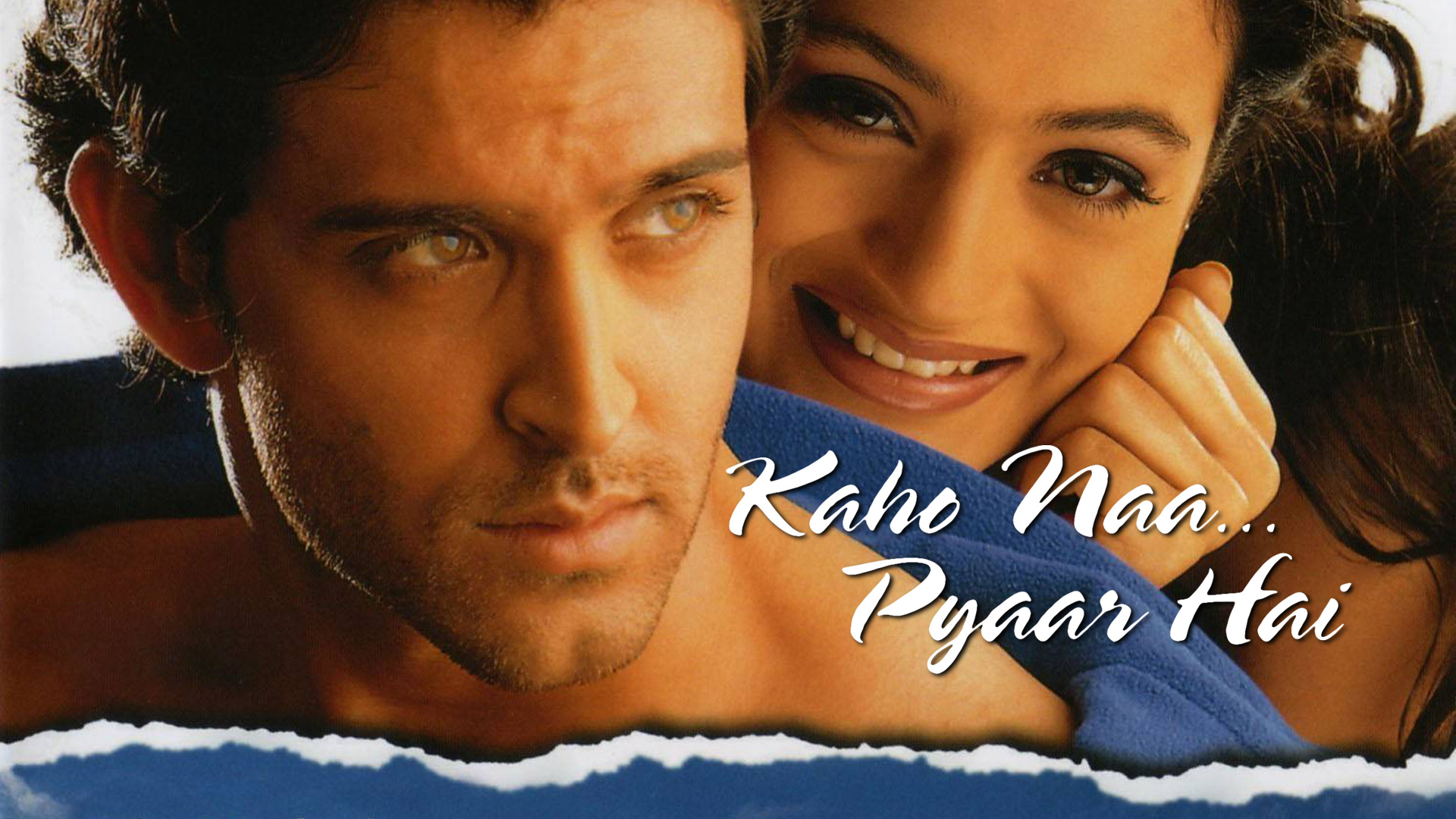
2000 – Decade of Quick Moves
Bollywood was finally able to leave India and land in the West. Many of its lavish productions have been box office hits around the world, especially after the huge success of 2001's "Lagaan: Once Upon a Time in India."
Fourteen days into the new millennium, Kaho Naa Pyaar Hai launched Hrithik Roshan to overnight stardom.
Dil Chahta Hai (2001) was a mix of songs by Shankar Ehsaan Loy. One of his lines aptly declared Hum Hai Naye Andaz Kyun Ho Purana. Written by Javed Akhtar Dil Chahta Hai gives a social and cultural perspective.
A lot has happened in the 2000s. Single displays began to give way to multiplexing. The Indian film industry, having left behind the days of questionable underworld funding, had become corporatized. Stars reinvented themselves. Amitabh Bachchan started acting at his age. Aamir Khan – a facilitator, collaborator, and producer rather than just an actor – promised quality mainstream entertainment and in most respects, he delivered through movies like Rang De Basanti, Taare Zameen Par, and 3 Idiots. Hera Pheri (2000) helped Akshay Kumar, the 90s action star, find his great comedic side. Shah Rukh Khan produced some of his most beloved films: Kal Ho Na Ho (2003), Swades (2004) and Chak De India (2007); Main Hoon Na, and Om Shanti Om.
Lage Raho Munnabhai made Raju Hirani an important director.
New faces like Hrithik Roshan and Aishwarya Rai increased the star value. Both are brilliant dancers and beautiful personalities, who shine on screen. Aamir's antics in songs like 'Aati Kya Khandala' have made each of his songs a national favorite. At this point, the song palette had grown to extravagant levels. Bollywood has inspired films abroad, including Danny Boyle's Slumdog Millionaire, which won four Golden Globes and eight Oscars, and the film Moulin Rouge, its director Baz Luhrmann says was influenced by Bollywood musicals.
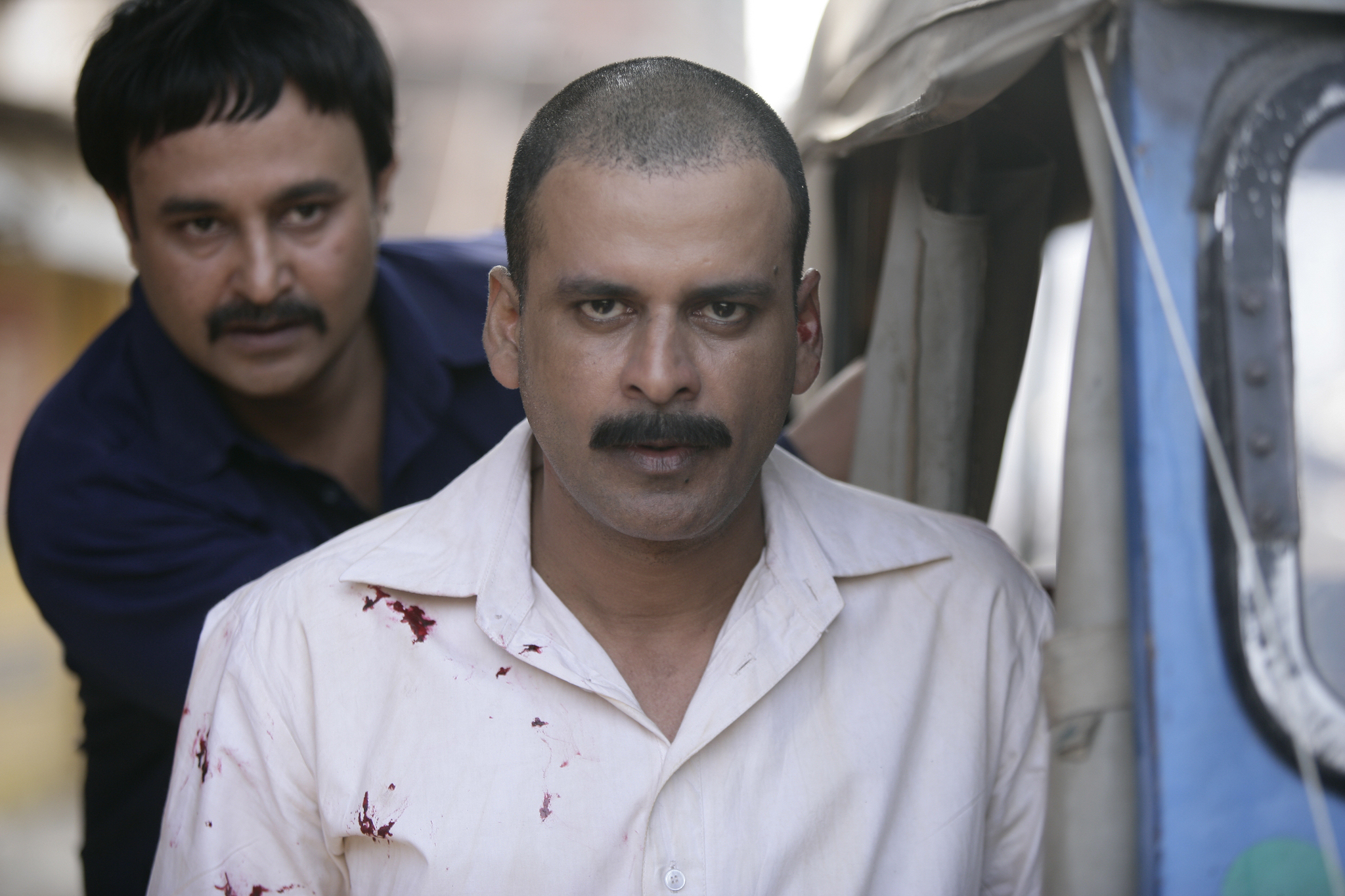
2010 – The New Era decade
The year 2010 alone gave us two of the most important modern songs: “Munni Badnaam” and “Sheila Ki Jawani”.
This was the release stage of Ranbir Kapoor-Deepika Padukone-Anushka Sharma-Ranveer Singh: Yeh Jawaani hai Deewani, Bajirao Mastani, Ramleela, Sui Dhaaga. Their songs emphasized their beauty as the camera moved in and out of their faces to their chiseled looks.
In the coming years, Abhishek Chaubey's revisionist Dacoit film Sonchiriya, Historical films (Manikarnika, Panipat), War films (Uri: Surgical Strike), Action blockbusters (War), Patriotic films (Kesari) made a mark on the industry and people of the country
The three Khans also had box office hits like Bajrangi Bhaijaan, Sultan, My Name is khan, Raees, Dangal and PK, and Secret Superstar.
Shahid Kapoor’s – Jab We Meet, Kabir Singh, Ayushmann Khurrana’s – Dum Laga Ki Haisha, Dream Girl, Bareilly Ki Barfi, Sushant Singh Rajput’s – Kai Po Che, Chichchhore, MS Dhoni, Rajkummar Rao’s – Stree and Pankaj Tripathi’s film Masaan were epic tales of this era
Nawazuddin Siddiqui rose to stardom in 2012 with epic films like Kahaani and Gangs Of Wasseypur.
Various Indian films from different regions are often listed among the best films of all time in various polls of critics and directors. Indian cinema will remain eternal as the decades pass.
Also Read: Athiya Shetty Talks About Her Dad Suniel Shetty And Reveals Nice Things
.webp)




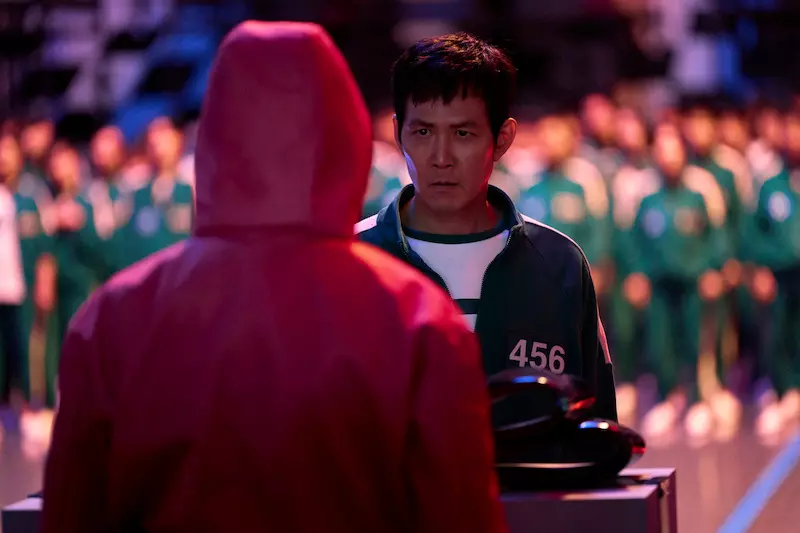
_1735214375.webp)
